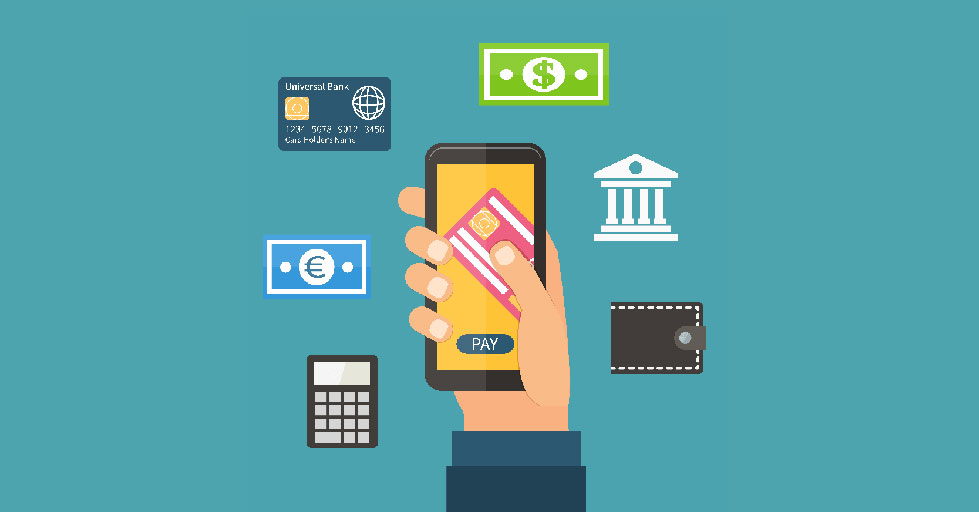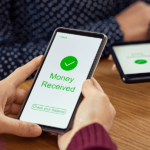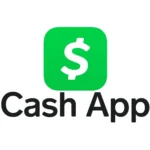
It used to be so easy. A simple choice. Did you need a wallet or a purse? Would a billfold suffice, or could you just keep your money in your pocket? The hardest thing was possibly a decision about the colour and material of the wallet and whether you need one to hold cards and cash. Now everything has been simplified. According to the app developers, you no longer need to carry any physical cards around with you at all. Every payment device you now need is contained on your phone. You have an e-wallet. Not only can you keep your digital cards in it, but your digital travel tickets and insurance information too. So if it is all so easy, why do we feel confused?
Let’s go back to basics and answer the question, What is an e-wallet?
An e-Wallet is a digital place where you keep all your payment options. PayPal has been around for so long that we forget it is an e-Wallet. It was the first fintech to shake up the world of banking. It was launched so long ago that we forget how revolutionary PayPal was. It allowed us to pay from one platform from a choice of funding sources, be that bank account or debit card. In recent years, it has faced stiff competition. It has been in danger of falling behind other innovators, including Apple and Google Pay, who allowed us to pay digitally offline and online. However, the principle is the same—one app to access many payment choices.
Many names to choose from
You will have heard of the names Apple Pay, Samsung, PayPal, Skrill, and Google Wallet. It can either be part of the bank’s mobile app or be a separate payment platform. One reason there has been a significant rise in the use of e-Wallets is because of cryptocurrencies. For people who use Bitcoin or Ethereum, for example, e-Wallets are the only way users can make payments or keep an eye on their balances.
All e-Wallets are not the same
As there are many options available, you might want to consider the pros and cons of different e-Wallets. The benefit they all have is that you can make a payment by simply using fingerprint/face ID or by entering a password. However, the biggest disadvantage is what happens if your device runs out of charge.
PayPal.
Let’s start at the very beginning with the PayPal digital wallet. The online platform or app can be accessed from most e-Commerce carts. The user can make online purchases and send money to friends or sellers. They can also quickly receive money if they are online sellers. In addition, PayPal offers staged payments and interest-free credit. In addition, they now offer users a PayPal Mastercard, and the PayPal app can be used in stores that choose to accept it.
Apple Pay.
The clue is in the name. This is an e-wallet for customers who have Apple devices such as an iPhone or Apple Watch. Unlike contactless card payments, large payments can be made using Apple Pay when used in-store wherever you see the acceptance sign. You add your payment cards to the app on your phone and choose which one you want to pay with at the time of purchase. Apple Pay sits within the Wallet app on the iPhone, and other tickets and passes can be stored in the same location.
Samsung Pay
Samsung Pay is the proprietary e-Wallet for Samsung Galaxy and their smartwatches. The user can add debit and credit cards. They have partnered with the American Express, Visa, Mastercard, and Discover payment networks.
Google Pay
Google Pay is similar to the other e-Wallets already mentioned. Apple users can also use it online with Chrome installed as their browser. This app needs the user to add their debit or credit card to be able to pay in-store, online, or send money.
Skrill
Launched in 2001, Skrill is possibly a less well-known e-Wallet. It operates in much the same way as PayPal. It launched in the UK and was very popular for online gambling and money transfers. It now acts like any of the other e-Wallets. Users of Skrill also have the option of prepaid cards, which allows users to set up budget pots and control spending on particular cards if they want to.
Amazon Pay
This is a very specific e-Wallet, more akin to an old-style store card but still worthy of note. Amazon users store their payment information on their Amazon account and choose which card to use at the checkout. In addition, Amazon Pay integrates with Alexa so that payments can be made through voice commands.
You have the power, or do you?
Anyone with a smartphone will find that they have the option of adding their payment cards to an e-Wallet. This allows the user to leave the house with just their phone in their pocket. E-wallets can be used to pay everywhere, including for car parks and travel tickets. The biggest worry is always battery life. What happens if your phone dies and you are stranded? Because of this, it is not unusual for e-Wallet users to still carry at least one plastic card with them for backup, just in case.
Discover more from TechBooky
Subscribe to get the latest posts sent to your email.







